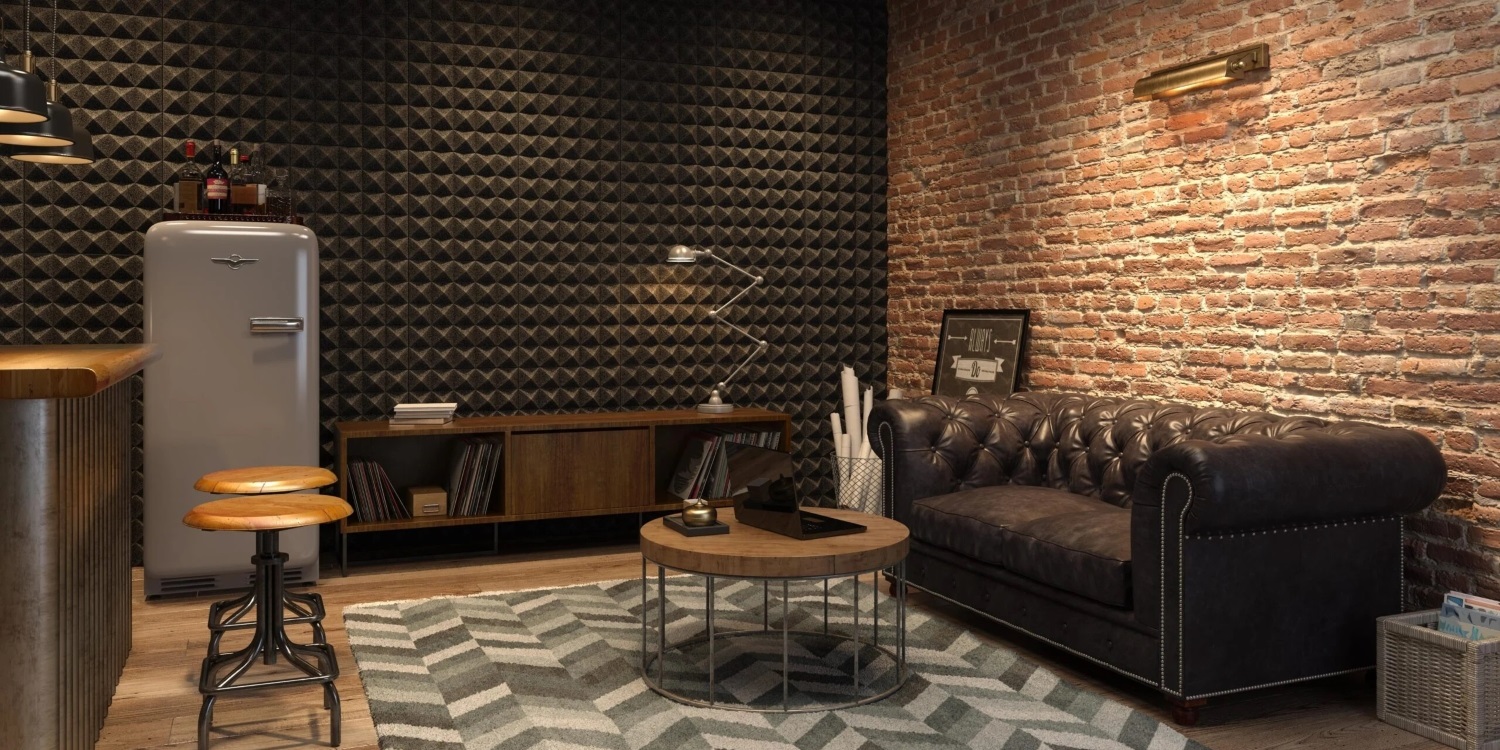Sound can be heard from various sources, such as cars passing by, dogs barking, neighbors quarreling, and children playing, making it pervasive. Although the sound of pleasant things like singing birds or a favorite tune can be calming, it is the last thing someone resting would want to hear. Therefore, soundproofing is the remedy.
Sound Can Be Stopped

Soundproofing is a technique that involves creating a room that is specifically designed to trap sound and prevent noise from penetrating. This approach is particularly useful for creating a tranquil bedroom, a quiet home office, a private recording or filming studio, or an immersive media room where one can enjoy uninterrupted video games, movies, and TV shows.
When soundproofing a room, windows should also be considered. They let in sunlight and fresh air but also allow more sound through than solid walls. Soundproofing around a window is easy with foam and weather stripping. Cut and pack foam around the frame, seal the borders with weather stripping, and seal gaps with caulk. Use heavy noise-canceling curtains or drapes for added insulation and sound blocking.
Soundproofing doors is crucial as it’s a common area for sound to pass through. Replacing the door with a solid hardwood slab and using draft stoppers, rubber or plastic door sweeps, and weather stripping can prevent sound from entering or escaping. Foam and caulk can soundproof the doorframe, while acoustic foam panels may not be visually appealing. Ensuring soundproofing materials don’t affect the door’s function is important.
Soundproofing Is Easy

Soundproofing floors is important to prevent noise disturbance to downstairs neighbors or to create a quiet home gym. Simple solutions like carpets and area rugs paired with soundproof liners or rubber gym mats and tiles can help dampen sound transmitted through the floor. Underlayment is another option to absorb sound vibrations and insulate floors, especially during renovation or flooring updates, while reducing heat flow through the floor.
There are various methods available to soundproof walls, from simple fixes to more involved renovations. The level of complexity should determine the results. Quick fixes include rearranging furniture, hanging tapestries or decorative rugs, and using soundproof wallpaper or acoustic wall paneling. Sealing gaps and cracks with acoustic sealant can be done to improve soundproofing.

When considering soundproofing options that require opening up or installing new walls, one can install soundproof insulation between the studs, such as cotton batting or fiberglass insulating boards. Resilient channels can then be attached to the studs to absorb sound vibrations through the drywall, preventing noise from being transferred into the studs or through the walls. Once the resilient channels are in place, new sheets of drywall can be installed. After any holes, gaps, or cracks are taped and mudded, it’s best to wait for approximately 24 to 48 hours before painting or wallpapering the wall.
When soundproofing the ceiling, one can take different approaches depending on the level of renovation they are willing to undertake. If the ceiling is already open or one is willing to open it, they can install soundproof insulation between the studs and attach resilient channels to them. New drywall can then be installed to complete the ceiling. However, if the ceiling is already finished and one does not want to start a renovation project, one can opt for acoustic tiles to absorb sound vibrations. Another option for lofted ceilings or tall rooms is to install ceiling clouds or canopies, which are suspended from the ceiling to absorb sound vibrations. These clouds give the illusion of floating in the air, hence their name.